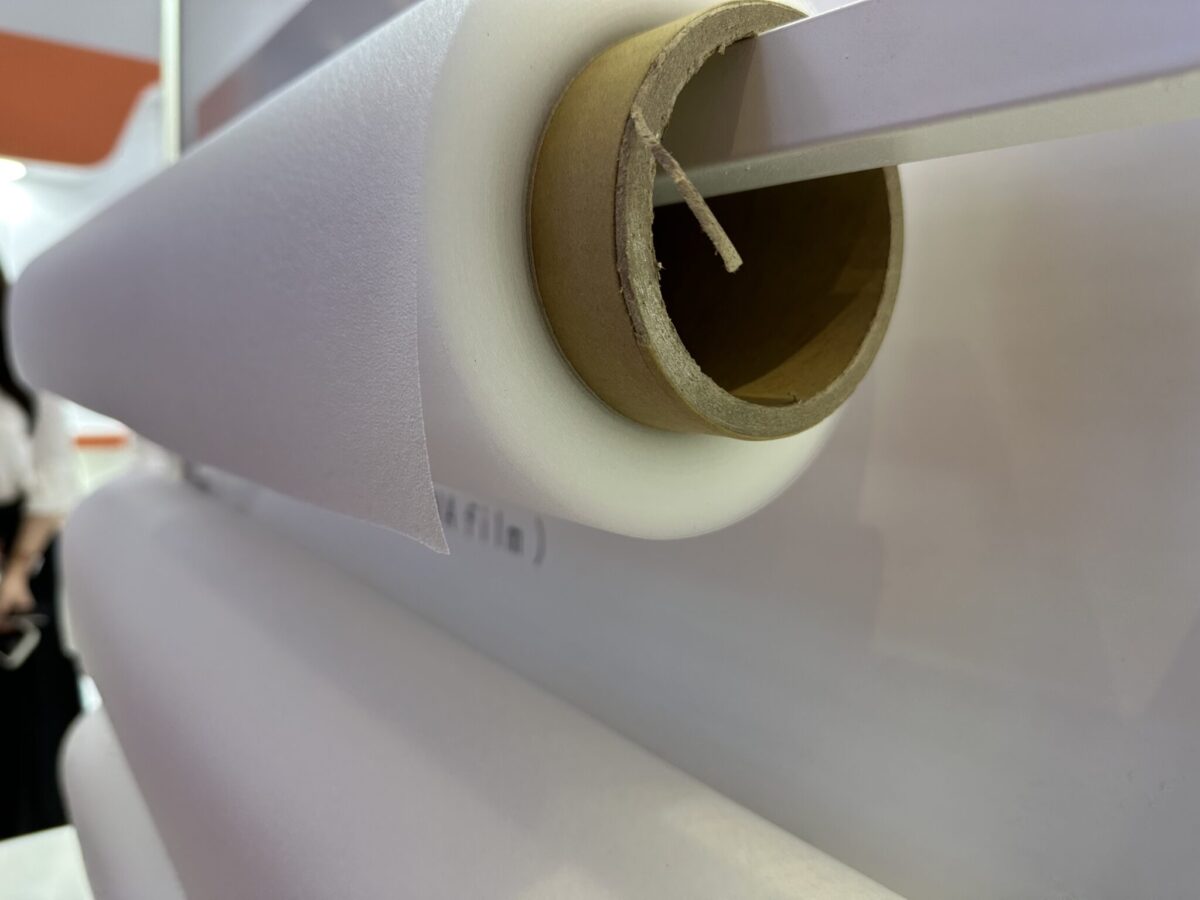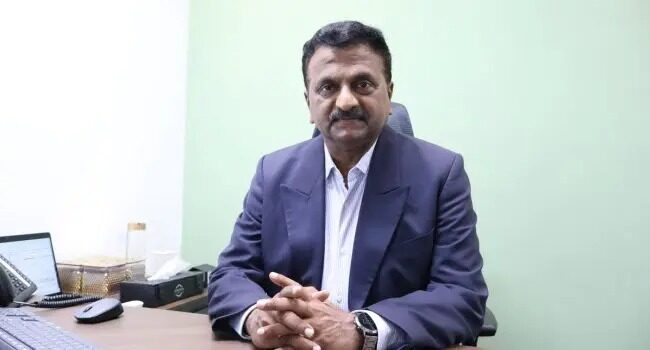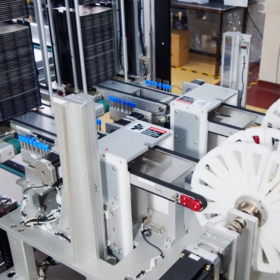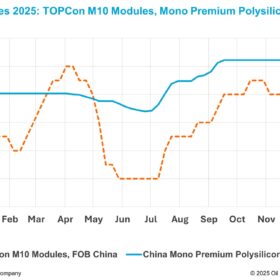Spanish researchers from the Public University of Navarra (UPNA) and the National Renewable Energy Centre (CENER) have investigated the melting points of three conventional encapsulant materials in an end-of-life PV panel recycling research project. They also determined the ease of removing them using a hot-knife delamination method.
A better understanding of encapsulant melting behavior under recycling conditions is “essential” to optimize delamination processes to enhance the efficiency of recycling strategies, according to the researchers in a study that focused on a hot-knife method. The aim was to determine at which point commonly used encapsulant materials become “malleable and easier to separate” from PV module glass.
“The primary obstacle in the recycling of end-of-life photovoltaic modules is the encapsulant, which strongly adheres to and protects the solar cells,” corresponding author of the research Asier Murillo told pv magazine. “We therefore considered it essential to investigate the behavior of different polymeric encapsulants during the delamination process under varying temperature conditions.”
By doing so, the researchers were able to identify which encapsulant types are more easily delaminated and determine the temperature ranges at which their adhesion strength begins to decrease.
“These findings provide valuable insights into optimizing delamination strategies, improving process efficiency, and ultimately facilitating more effective PV module recycling,” explained Murillo.
In the study, differential scanning calorimetry (DSC) was used to determine the melting temperatures of encapsulants made of ethylene-vinyl acetate (EVA), polyolefin elastomer (POE), and thermoplastic polyolefin (TPO), with the hot-knife delamination method being investigated for each one.
“Specifically, we employed a delamination approach that is similar to the hot-knife technique developed by the Japanese company NPC Incorporated,” said Murillo.
The team fabricated small, single-cell PV modules to evaluate and compare the delamination strength of the different encapsulants under selected temperatures. The delamination tests were performed at various temperatures using a blade to separate the glass from the remaining layers. The sample modules were based on passivated emitter rear contact (PERC) monocrystalline silicon cells with an active surface area of 26.96 cm. The samples had polyvinyl fluoride (PVF) Tedlar backsheet
The results showed that TPO exhibited the lowest delamination strength, followed by EVA and POE, with the latter two requiring similar forces once their melting ranges were exceeded.
“Furthermore, the results indicate that excessive heating does not significantly enhance the delamination process,” said the scientists.
They also thermally characterized pellets made from the three encapsulant materials at temperatures ranging from up to 200 C to determine melting behavior.
The investigation is documented in “Impact of melting range on delamination process and recycling potential of photovoltaic encapsulants,” published in Solar Energy Materials and Solar Cells.
Assessing the quality of the hot knife separation process, the researchers noted that the encapsulated solar cell with its electrical contacts and the backsheet were “effectively recovered” and the glass remained “structurally intact with minor encapsulant residues.”
They concluded that the results indicate the efficiency of the hot-knife technique in “enabling the full recovery and recycling” of photovoltaic glass. Compared to alternative methods such as pyrolysis or chemical treatments, which also offer high-quality results, this method requires lower energy input and no hazardous chemicals. They concluded that the “hot-knife process presents a more practical, energy-efficient, and environmentally sustainable solution for end-of-life PV module management.”
The research team is continuing its recycling-related delamination research, this time working with PV mini-modules that have been subjected to various stress conditions, such as damp heat and UV exposure, according to Murillo.
It is also contributing to the development of a PV recyclability index in collaboration with the European Commission and other partners. Furthermore, it plans to present the latest results of its research on nanostructured glass and solar cells, which do not require encapsulants, at EU PVSEC 2025 in Bilbao.
This content is protected by copyright and may not be reused. If you want to cooperate with us and would like to reuse some of our content, please contact: editors@pv-magazine.com.








By submitting this form you agree to pv magazine using your data for the purposes of publishing your comment.
Your personal data will only be disclosed or otherwise transmitted to third parties for the purposes of spam filtering or if this is necessary for technical maintenance of the website. Any other transfer to third parties will not take place unless this is justified on the basis of applicable data protection regulations or if pv magazine is legally obliged to do so.
You may revoke this consent at any time with effect for the future, in which case your personal data will be deleted immediately. Otherwise, your data will be deleted if pv magazine has processed your request or the purpose of data storage is fulfilled.
Further information on data privacy can be found in our Data Protection Policy.